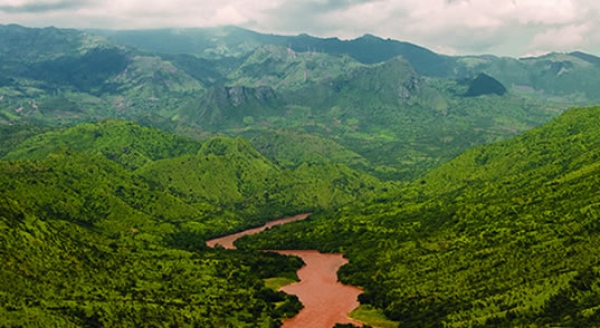The Great Rift Valley is a vast geographical and geological feature of East Africa and South West Asia created by the rifting and separation of the African and Arabian tectonic plates over 35 million years ago. This geological feature runs north to south for some 6000km from northern Syria to central Mozambique. The valley varies in width from 30-100km and in elevation from a few hundred meters to several thousand meters. The Rift Valley Lakes are a group of lakes formed by the Great Rift Valley of Eastern Africa. These lakes include some of the oldest, largest and deepest lakes in the world and are a fresh water region of great biodiversity. The Ethiopian Rift Valley offers eight spectacular chains of lakes. These formed during the period of high rainfall in the quaternary era when much of the world near the poles was covered in ice. Some of the lakes formed during that time are: Ziway, Langano, Abiata-Shala in the north and Abaya Chamo in the southern part of Ethiopia.
As the earth's climate gradually warmed in recent geological times, the Rift Valley lakes receded leaving extensive deposits of sedimentary rocks, making the Rift Valley an area of intense geological interest.
